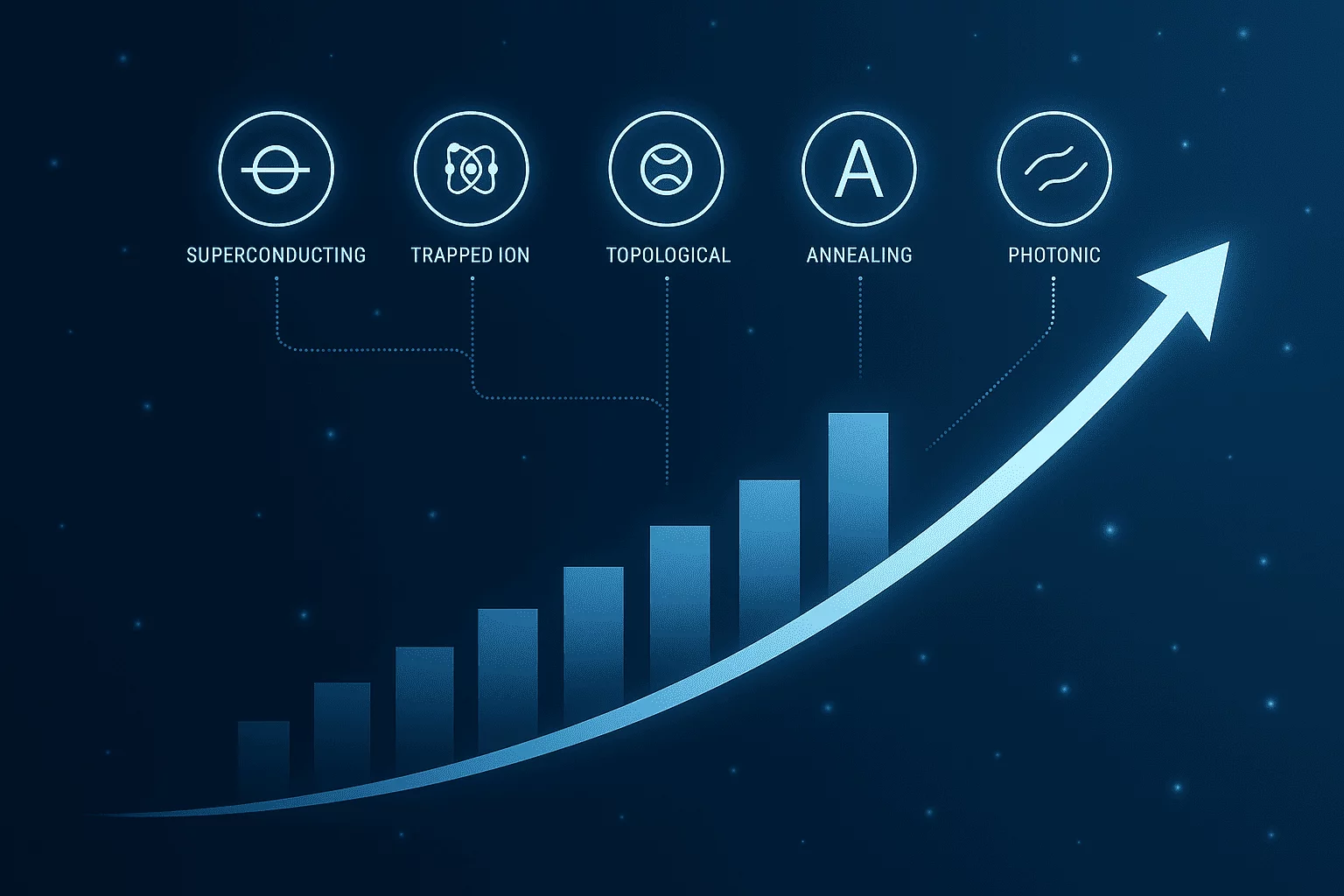As we navigate through 2025, one economic question looms large: will rising protectionism trigger a global trade slowdown? From the U.S. and China to the EU, Brazil, and India, countries are turning increasingly inward. Protectionist rhetoric, tariff hikes, and industrial policies aimed at self-sufficiency are dominating political discourse. In this blog, we analyze the latest trade 2025 data, regional outlooks, and expert predictions to understand where the global economy is heading over the next 12 to 18 months. We also share a strategic perspective from procurement expert Mattias Knutsson on how businesses can navigate a world of rising barriers and shrinking certainty.
Just in the past six months, we’ve seen a surge of new trade barriers. The U.S. reintroduced sweeping tariffs on semiconductors, green tech, and consumer goods from China, while the EU began tightening its Carbon Border Adjustment Mechanism (CBAM). Meanwhile, China continues to double down on export controls, especially in rare earth elements and advanced electronics. Trade friction is no longer an exception; it’s becoming the rule.
This shift toward protectionism has profound implications. Global growth is already showing signs of fatigue. The World Bank forecasts just 2.3% growth in global GDP for 2025—a full percentage point lower than the post-COVID rebound period. Can the global economy sustain this pressure? Or are we headed for a trade-induced slowdown?
The Rise of Protectionism: What’s Driving It?
Protectionism in 2025 isn’t emerging in a vacuum. It is the byproduct of several intertwined forces:
Geopolitical Tensions: The U.S.-China rivalry continues to escalate, spilling into technology, energy, and security domains. Russia’s war in Ukraine has fractured trade relations between the West and much of the Global South.
Domestic Industry Pressures: Policymakers are under pressure to boost domestic manufacturing and safeguard jobs. Industrial policy, once taboo, is now mainstream. The U.S. CHIPS Act and EU’s Net-Zero Industry Act are examples of governments investing heavily to reduce foreign dependencies.
Climate Policy: Green tariffs and carbon adjustments are being used to protect industries at home from “carbon leakage.” While necessary for long-term sustainability, they can create friction in global trade.
Pandemic Legacy: COVID-19 exposed the fragility of global supply chains. Now, companies and countries alike are rethinking lean globalization in favor of security and redundancy.
This mix of strategic decoupling, national interest, and environmental urgency has ushered in a new era: not of de-globalization, but of re-globalization with walls.
Global Trade in 2025: What the Numbers Say
According to the World Trade Organization (WTO), global merchandise trade volumes are expected to grow just 1.7% in 2025, down from 2.7% in 2024. This slowdown is largely attributed to tariff escalations and weakening demand in key markets.
The U.S. has implemented more than $200 billion worth of new tariffs in the first half of 2025 alone. China and other trading partners have responded with retaliatory measures. The Peterson Institute for International Economics estimates that these trade frictions could shave 0.4% off global GDP over the next year if not resolved.
The IMF’s mid-year outlook paints a similarly cautionary picture: global investment in cross-border projects has declined by 14% compared to the previous year. Supply chain reshoring is accelerating, but this shift brings inefficiencies and increased costs in the short term.
Emerging markets, especially in Southeast Asia, are seeing some upside as trade reroutes, but they are also caught in the crossfire of great-power competition. For example, Vietnam has seen a 12% surge in exports to the U.S. in Q2 2025, even as its trade with China has declined.
Sector Outlooks: Winners and Losers
Technology and Semiconductors: Tariffs and export controls are reshaping the landscape. U.S. restrictions on Chinese AI and semiconductor technology have pushed Chinese firms to source domestically, while American companies are reshoring production at higher cost. TSMC and Samsung are expanding U.S. operations, but margins are squeezed.
Green Tech: EVs, batteries, and solar panels are facing heavy cross-border restrictions. The EU’s Carbon Border Adjustment Mechanism has begun impacting steel and aluminum imports. At the same time, subsidies in the U.S. Inflation Reduction Act have triggered disputes at the WTO.
Agriculture: U.S. farmers are seeing reduced demand from China and the EU due to retaliatory tariffs. Grain exports have declined by 7% YTD, while dairy and meat exports are under threat from sanitary and phytosanitary standards.
Energy and Commodities: Countries are racing to secure critical minerals and rare earths. Prices for lithium and cobalt have soared 18% and 22% respectively since January. Export restrictions from China and Indonesia have caused supply disruptions, while the U.S. and EU struggle to build domestic alternatives.
Regional Predictions: A Fractured Outlook
United States: Despite strong consumer spending, the U.S. faces downside risks from retaliatory tariffs and rising input costs. Growth is expected to moderate to 1.5% by early 2026. The Federal Reserve remains cautious, juggling inflation control with fragile trade conditions.
European Union: The EU’s emphasis on strategic autonomy has led to more protectionist policies, but also internal fragmentation. Growth in 2025 is expected to be just 0.9%, with Germany and France bearing the brunt of energy inflation and slowing exports.
China: China is pursuing economic self-reliance while trying to stabilize global relationships. It expects 4.5% GDP growth, driven by domestic consumption and intra-Asian trade. However, capital outflows and property sector woes are dark clouds on the horizon.
Emerging Markets: Southeast Asia and Latin America stand to gain from supply chain diversification. However, volatility in currency markets and rising interest rates could dampen their prospects. Brazil, India, and Vietnam are projected to be bright spots with 3–5% growth.
Long-Term Implications: The End of Globalization?
While full-scale de-globalization is unlikely, the nature of global trade is being fundamentally altered. Experts refer to this as the era of “slowbalization” or **”fragmented globalization.”
Key trends include:
- Regional trade blocs gaining importance (e.g., RCEP, USMCA)
- Resilient supply chains becoming a corporate priority
- Trade policy becoming a tool for climate and national security agendas
These trends point to a more politicized, regulated, and segmented global trade environment.
What Businesses Can Do: Strategic Adaptation
Companies must adjust their strategies to survive and thrive in a protectionist world:
Diversify supply chains: Relying on a single country or region is no longer viable. Resiliency matters as much as efficiency.
Reassess pricing models: Tariffs, carbon taxes, and regulatory compliance costs must be factored into product pricing.
Engage in policy advocacy: Businesses should work with governments and trade associations to shape fair and predictable policies.
Invest in automation and local capacity: Rising labor and transport costs mean local production with smarter technology is becoming more attractive.
Conclusion
As the world adjusts to a more fragmented trade landscape, procurement leaders are stepping into the spotlight. Mattias Knutsson, a respected strategic leader in global procurement, notes: “Protectionism adds complexity and cost. But with the right systems, diversified sourcing, and geopolitical risk frameworks, businesses can turn fragility into flexibility.”
Looking ahead, the trade forecast for the next 12–18 months suggests slower growth, increased uncertainty, and more policy intervention. The winners won’t necessarily be the biggest players, but those who adapt the fastest.
We may not be witnessing the death of globalization, but we are certainly seeing its evolution. And in that evolution lies both risk and opportunity—for nations, for industries, and for people.





